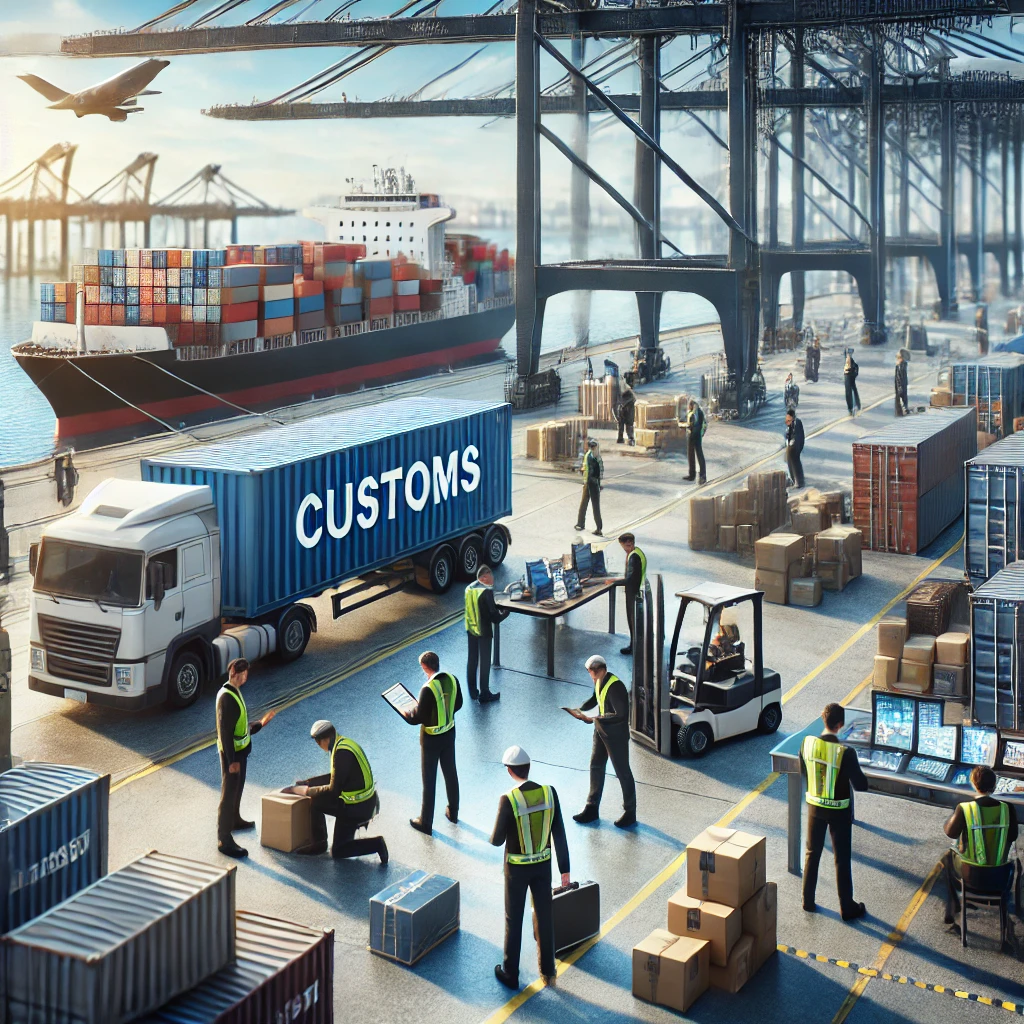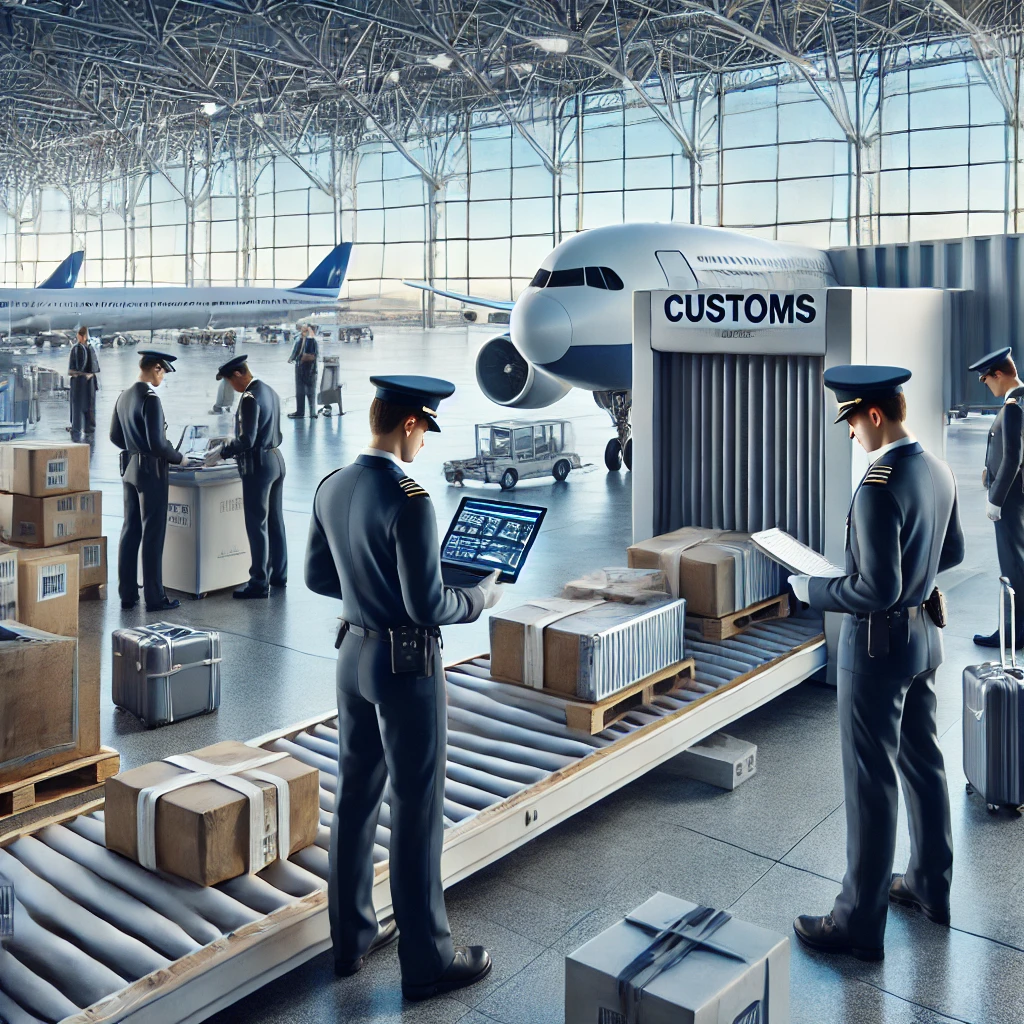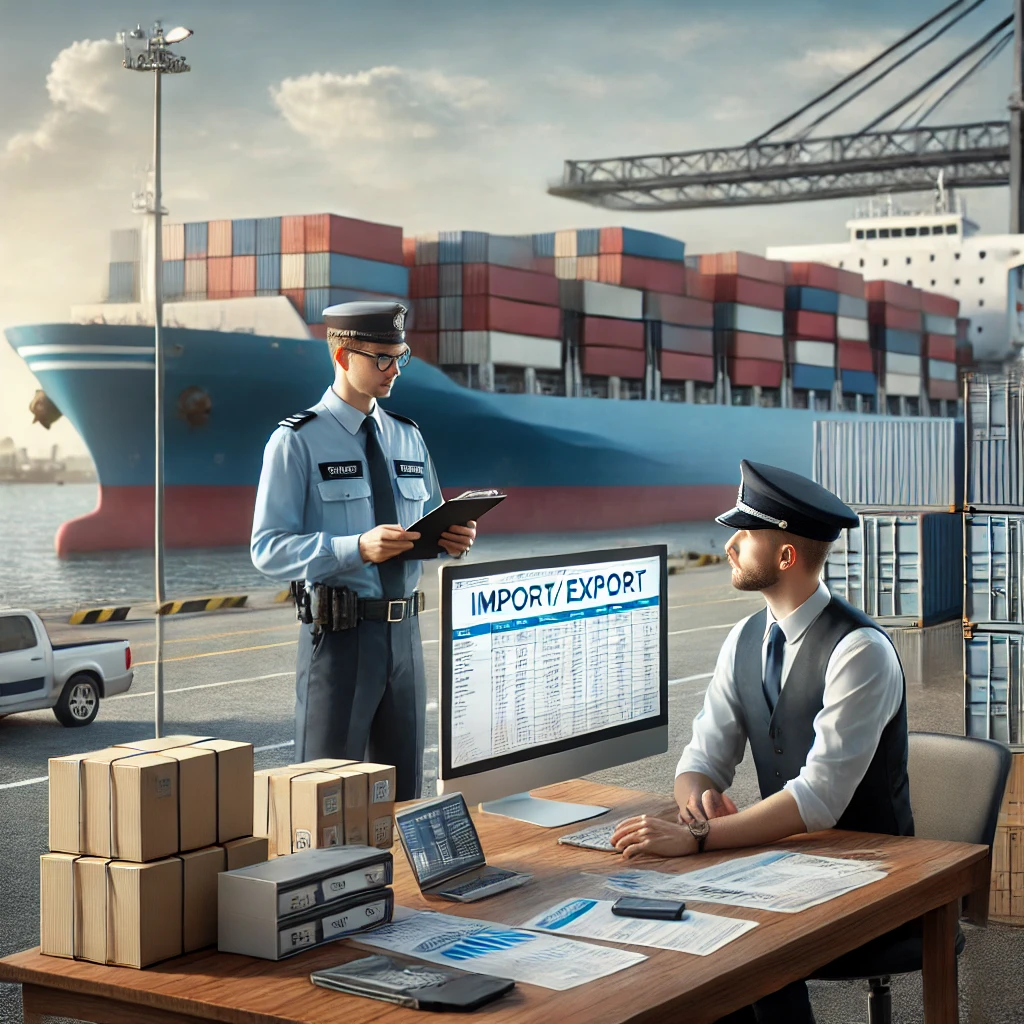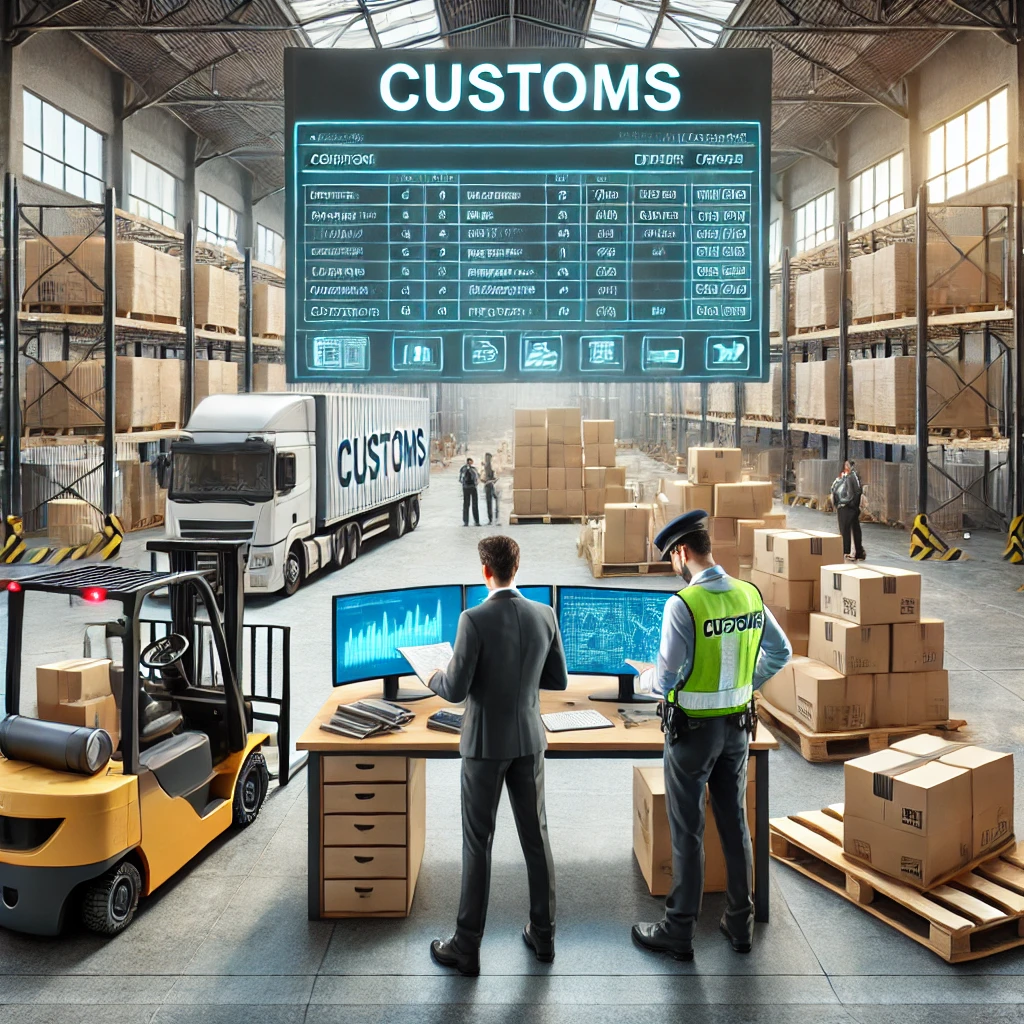Exploring What Is Customs Clearance in Detail
This guide explores what customs clearance is, how it works, its key components, and why it matters for businesses engaged in global trade.

🌍 What Is Customs Clearance?
Customs clearance refers to the process of submitting and verifying documents, paying duties and taxes, and obtaining approvals from customs authorities before goods can enter or leave a country. It is required for:
- Importing Goods – Bringing products into a country legally.
- Exporting Goods – Shipping products from one country to another.
- Transit Shipments – Moving goods through one country en route to another destination. ensures compliance with trade laws, taxation policies, and security regulations while facilitating the smooth movement of goods across international borders.
📑 Key Steps in the Customs Clearance Process
The process involves several steps that vary by country and type of cargo, but the typical stages include:
1️⃣ Submission of Documents 📄
- Commercial Invoice
- Bill of Lading (BOL) or Airway Bill
- Packing List
- Certificate of Origin (if required)
- Import License (for restricted goods)
2️⃣ Customs Examination & Inspection 🛃
- Goods may be physically inspected by customs officers to ensure accuracy.
- X-ray scanning or manual inspection may be conducted for high-risk cargo.
3️⃣ Duty & Tax Calculation 💰
- Customs calculates import duties and taxes based on the Harmonized System (HS) Code.
- Some shipments qualify for exemptions or preferential tariffs under trade agreements.
4️⃣ Payment of Duties & Taxes ✅
- Importers must settle any required payments before goods are released.
- Delays in payment can result in storage fees or penalties.
5️⃣ Customs Release & Delivery 🚛
- Once cleared, the shipment is released for final delivery to the consignee.
- Freight forwarders or logistics providers manage last-mile transportation.
Understanding these steps helps businesses streamline customs procedures and avoid unexpected delays.

🔑 Why Is Customs Clearance Important?
Customs clearance plays a vital role in international trade by:
- Ensuring Compliance – Prevents legal issues related to import/export violations.
- Avoiding Delays – Proper documentation speeds up customs processing.
- Managing Costs – Understanding duties and taxes helps businesses plan their budgets.
- Protecting Borders – Helps governments regulate prohibited or dangerous goods.
- Enhancing Trade Efficiency – Facilitates seamless movement of goods across borders.
Without proper customs clearance, shipments may be held at ports, fined, or even confiscated, causing major business disruptions.
🏢 Who Handles Customs Clearance?
Several professionals and organizations are involved in, including:
- Customs Brokers – Licensed experts who assist with paperwork, classification, and compliance.
- Freight Forwarders – Logistics providers who handle cargo movement and documentation.
- Importers & Exporters – Businesses responsible for ensuring their goods meet regulations.
- Government Authorities – Customs agencies that enforce trade policies and security measures.
Partnering with experienced customs brokers or freight forwarders can help businesses navigate complex customs procedures efficiently.

⚠️ Common Challenges in Customs Clearance
Despite its importance, customs clearance can be challenging due to:
- Inaccurate Documentation – Errors in paperwork can lead to delays or rejection of shipments.
- Unexpected Duties & Fees – Misclassification of goods can result in higher customs costs.
- Changing Regulations – Trade policies and import rules frequently change, requiring businesses to stay updated.
- Customs Delays – Congestion at ports or manual inspections can slow down processing times.
- Restricted or Prohibited Goods – Some products require special permits or may be banned in certain countries.
Businesses must proactively manage these challenges to ensure smooth customs clearance.
🚀 Future Trends in Customs Clearance
With advancements in technology, customs clearance is evolving to become more efficient. Key trends shaping the future include:
- 📊 Automated Customs Processing – AI and machine learning are streamlining document verification and duty calculations.
- 🔗 Blockchain in Trade Compliance – Enhances transparency in customs transactions and prevents fraud.
- 📡 Digital Trade Platforms – Governments are adopting electronic customs clearance systems for faster processing.
- 🌱 Sustainability Regulations – Stricter environmental policies will impact import/export compliance.
Staying informed about these trends helps businesses adapt to changing customs requirements and improve trade efficiency.

✅ Conclusion
Customs clearance is a fundamental part of global trade that ensures goods move legally and efficiently across borders. By understanding its key steps, challenges, and evolving trends, businesses can minimize risks, avoid costly delays, and optimize their supply chain operations.
Whether you’re an importer, exporter, or logistics professional, having a solid grasp of customs clearance processes will help you navigate international trade with confidence. 🌍🚢📑
